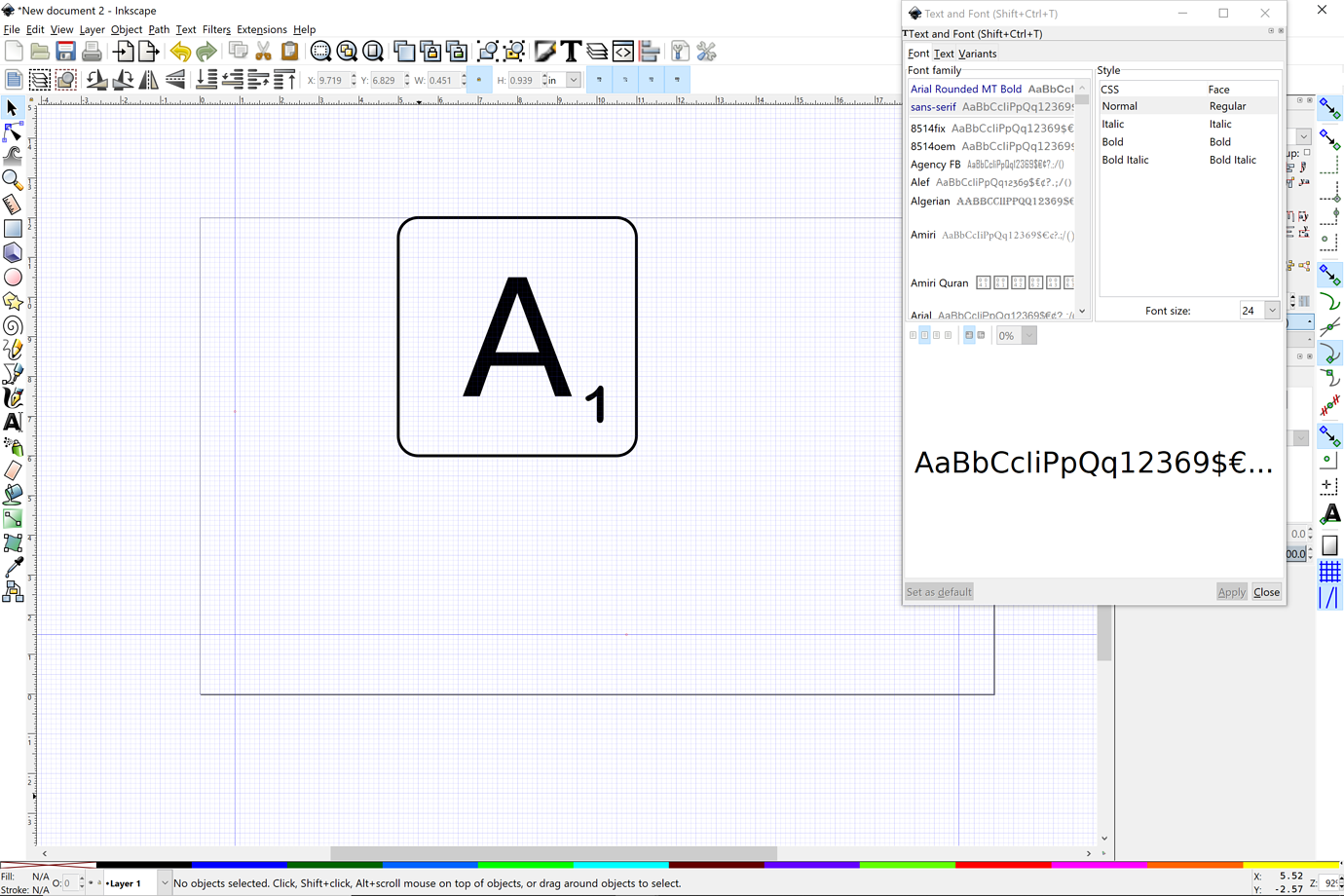

I could have manually traced the bitmap in about 1/3 the time with this program, but I wanted to use VCarve Pro to show Vince how to do it. Design Edge is my go-to for vector editing - it is a very powerful program (and expensive) - but is only available for purchase by owners of PlasmaCAM cnc plasma cutting tables. In general, I use a combination of, Inkscape, and Design Edge (in that order). I use Inkscape quite often for auto-tracing of bitmap images. I very seldom use this program, and I am sure there are probably other snap setting that the "experts" would recommend. The main thing is that I want to snap to end of curve, and I don't want to snap to grid. Under Edit, Snap Options - I have my snaps set as shown. Step 3 - Zoom in as shown, then use "Draw Curve" tool to manually trace around white path - trying to stay centered in the white path.

This will help with the visibility of the lines/curves while manually tracing. Step 1 - Open your original bitmap file with and invert colors. It took me about 15 minutes to complete this process from start to finish. The easiest and quickest method to produce a usable vector file would be manual tracing in VCarve Pro. The bitmap from the scan of your hand tracing with pen would probably take many hours of node editing to clean up as a usable vector file. Perhaps not wise to weave another hefty variable into the process but you can often times come out ahead using a free program like Inkscape to generate clean vectors to then import into Vcarve for final tweak. Only you can decide if your faster getting some initial vectors from bitmap trace and then editing or just vectorizing the job from scratch. Anything beyond that you will have a pretty hefty amount of cleanup. Where bitmap trace often shines is with thick line drawing that have well defined edges and very little noise in the source bitmap. On very complex traces it can save you a bit of time but even then you will more than likely still have a heavy amount of post processing/node editing after a bitmap trace. "the line" is actually its own entity)ĭepending on the complexity of the drawing you may find that you have more post editing using bitmap trace than if you just loft lines around the sketch manually. As David said, it will detect the thickness in the line and generate a vector on either side of the line (which is normal. One should be exactly as shown in the tutorial, the other two you may modify as you like.Bitmap trace will rarely if ever leave you with single line vectors. Inkscape Performance Project #3 - Create a design with 3 vector eyeballs. Digital Imaging 1A/1B - Inkscape - Vector Image Software


 0 kommentar(er)
0 kommentar(er)
